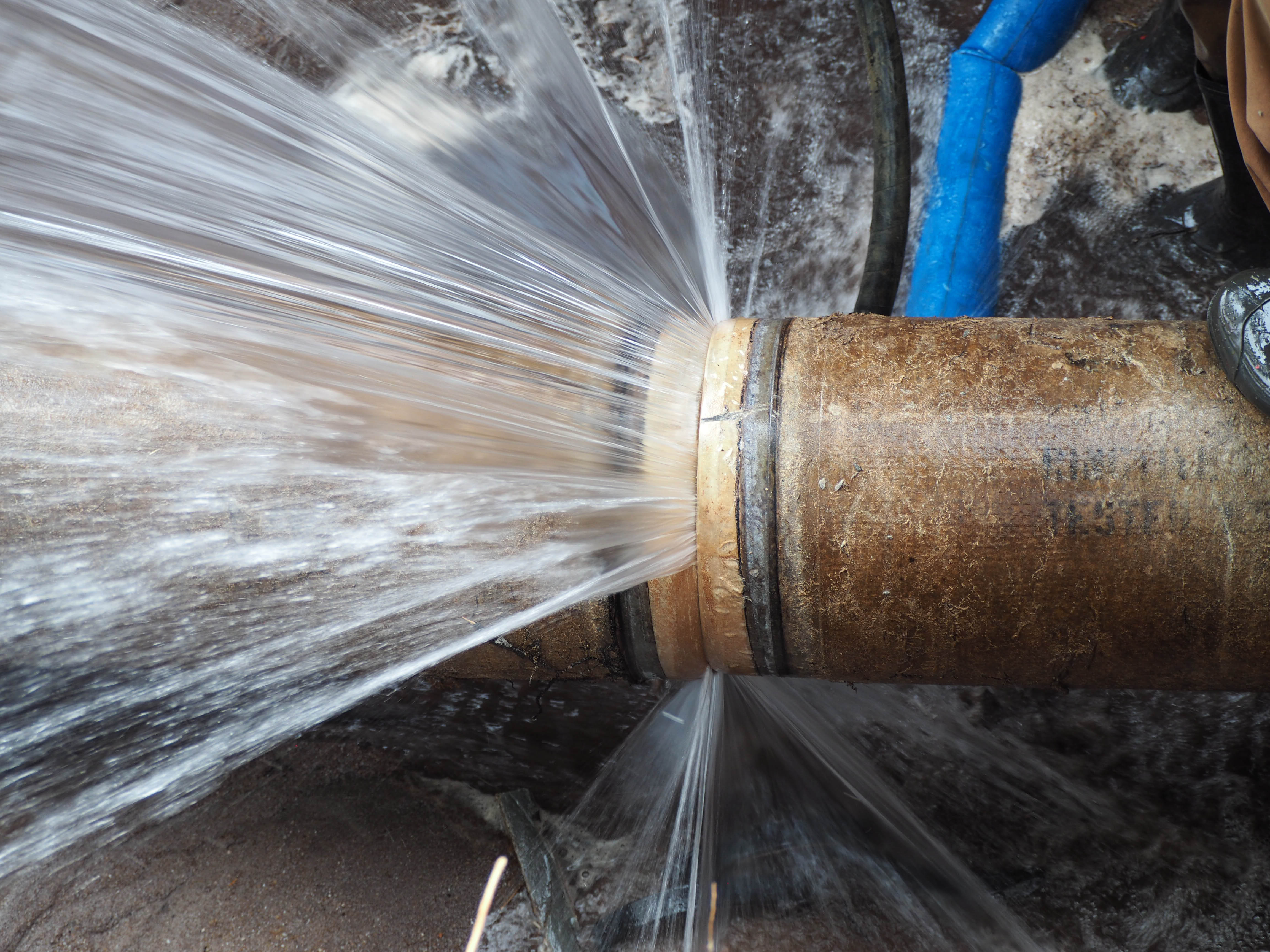Protecting Against Frozen Pipes in Winter: Professional Tips
Protecting Against Frozen Pipes in Winter: Professional Tips
Blog Article
The publisher is making a few great points about Preventing and dealing with frozen pipes overall in this post further down.

Cold weather can wreak havoc on your pipes, particularly by freezing pipelines. Below's exactly how to prevent it from occurring and what to do if it does.
Intro
As temperatures decrease, the threat of icy pipes rises, potentially bring about costly repair services and water damages. Recognizing exactly how to stop frozen pipes is vital for house owners in cold climates.
Recognizing Frozen Pipes
What causes pipelines to ice up?
Pipes freeze when subjected to temperature levels listed below 32 ° F (0 ° C) for expanded durations. As water inside the pipes freezes, it expands, taxing the pipe wall surfaces and possibly causing them to rupture.
Dangers and damages
Frozen pipes can lead to water supply disruptions, residential or commercial property damage, and pricey fixings. Ruptured pipes can flooding homes and create considerable structural damage.
Indications of Frozen Pipes
Determining icy pipes early can avoid them from bursting.
Just how to identify frozen pipes
Search for lowered water circulation from faucets, unusual smells or noises from pipes, and visible frost on revealed pipelines.
Avoidance Tips
Protecting vulnerable pipes
Wrap pipes in insulation sleeves or utilize warmth tape to shield them from freezing temperatures. Concentrate on pipes in unheated or outside areas of the home.
Heating techniques
Maintain interior rooms effectively heated up, particularly locations with pipes. Open cabinet doors to enable cozy air to circulate around pipelines under sinks.
Securing Outdoor Pipes
Garden hose pipes and outdoor taps
Detach and drain yard hose pipes before winter months. Mount frost-proof faucets or cover outdoor faucets with insulated caps.
What to Do If Your Pipes Freeze
Immediate activities to take
If you presume icy pipelines, maintain faucets open to ease stress as the ice thaws. Use a hairdryer or towels soaked in warm water to thaw pipes gradually.
Long-Term Solutions
Structural changes
Take into consideration rerouting pipes far from exterior wall surfaces or unheated locations. Include additional insulation to attic rooms, cellars, and crawl spaces.
Upgrading insulation
Invest in top quality insulation for pipes, attics, and walls. Appropriate insulation aids keep regular temperatures and decreases the risk of icy pipelines.
Conclusion
Protecting against frozen pipes calls for proactive measures and fast feedbacks. By recognizing the causes, signs, and safety nets, property owners can shield their plumbing throughout cold weather.
6 Proven Ways to Prevent Frozen Pipes and Protect Your Home
Disconnect and Drain Garden Hoses
Before winter arrives, start by disconnecting your garden hoses and draining any remaining water. Close the shut-off valves that supply outdoor hose bibs and leave the outdoor faucet open to allow any residual water to drain. For extra protection, consider using faucet covers throughout the colder months. It’s also important to drain water from any sprinkler supply lines following the manufacturer’s directions.
Insulate Exposed Pipes
Insulating your pipes is an effective way to prevent freezing. Pipe insulation is readily available at home improvement stores and is relatively inexpensive. Pay close attention to pipes in unheated areas such as the attic, basement, crawl spaces, or garage. Apply foam insulation generously to create a buffer against the cold. You can also wrap your pipes in heat tape or thermostat-controlled heat cables for added warmth.
Seal Air Leaks
Inspect your home for any cracks or openings that could let in cold air. Seal any holes around the piping in interior or exterior walls, as well as the sill plates where your home rests on its foundation. Additionally, make sure to keep your garage door closed unless you’re entering or exiting. Leaving it open creates a significant air leak that can lead to frozen pipes.
Allow Warm Air Circulation
During cold snaps, it’s essential to allow warm air to circulate evenly throughout your home. Leave interior doors ajar to promote better airflow. Open kitchen and bathroom cabinets to help distribute heat consistently around the rooms. If you have small children or pets, be sure to remove any household chemicals or potentially harmful cleaners from open cabinets for safety.
Let Faucets Drip
A small trickle of water can make a big difference in preventing ice formation inside your pipes. When temperatures drop significantly, start a drip of water from all faucets served by exposed pipes. This continuous flow helps prevent the water from freezing. Additionally, running a few faucets slightly can relieve pressure inside the pipes, reducing the chances of a rupture if the water inside does freeze.
https://choateshvac.com/6-proven-ways-to-prevent-frozen-pipes-and-protect-your-home/

As a fervent person who reads on How To Avoid Freezing Pipes, I thought sharing that excerpt was a great idea. For those who enjoyed reading our blog post plz don't forget to pass it around. Thanks a bunch for being here. Return soon.
View Website Report this page